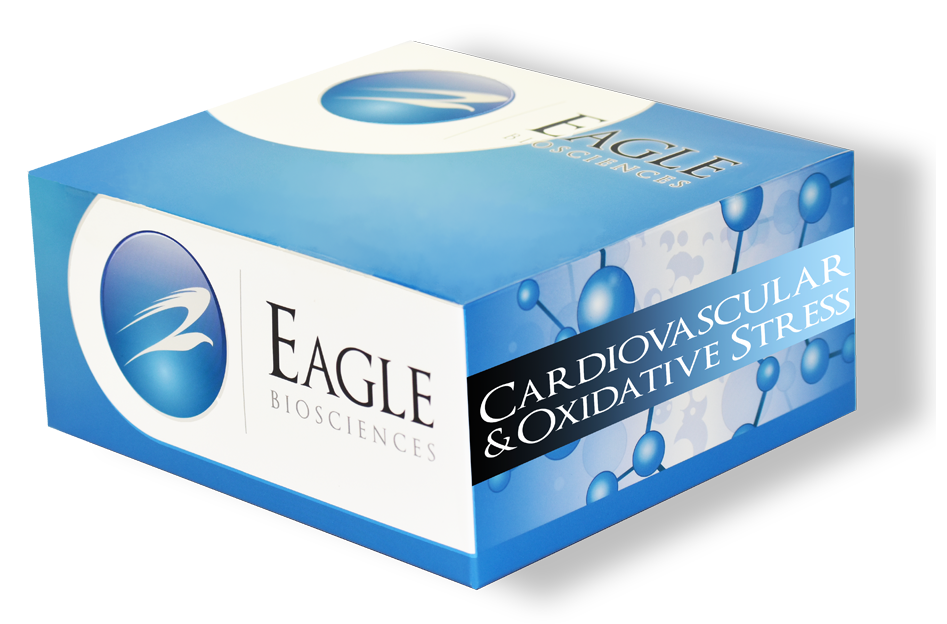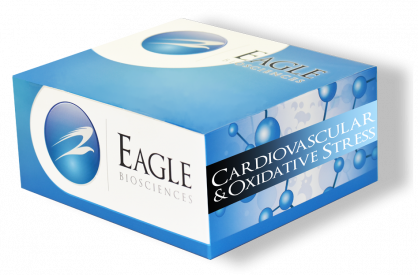Total Antioxidant Power Microplate Assay
The Total Antioxidant Power Microplate Assay is For Research Use Only
Size: 1×96 wells
Sensitivity: 0.125 mM
Dynamic Range: 0.125 – 2.0 mM
Incubation Time: 3 minutes
Sample Type: Biological Fluids
Sample Size: 15 µl
Product manufactured in the USA
Assay Background
Oxidative stress has been implicated in a number of diseases such as atherosclerosis, chronic inflammatory disease, chronic renal failure, and cancer. It is a condition where an imbalance exists between the production of reactive oxidizing species and the body’s ability to neutralize these intermediates, resulting in cellular damage. The body has designed several physiological responses to oxidative stress including counterbalances such as enzymes and variously functionalized molecules (see examples below) that effectively neutralize these damaging species. These antioxidants can be either water or lipid soluble, and are localized transiently throughout various tissues, cells and cell types.
Enzymes: Superoxide Dismutase, Catalase, Glutathione Peroxidase
Large Molecules: Albumin, Ferritin, Ceruloplasmin
Small Molecules: Ascorbic Acid, α-Tocopherol, β-Carotene, Uric Acid
Given the multiplicity of antioxidant pathways, their centrality in the prevention of oxidant stress, and the influences of lifestyle and nutritional supplements on an individual’s antioxidant capacity, it is important to be able to quantitatively measure the total antioxidant capacity or antioxidant power with biological specimens.
Related Products
Hydroxyl Radical Antioxidant Capacity (HORAC) Assay Kit
Human tPA Total ELISA Assay
Rat Prorenin & Renin ELISA Assay


